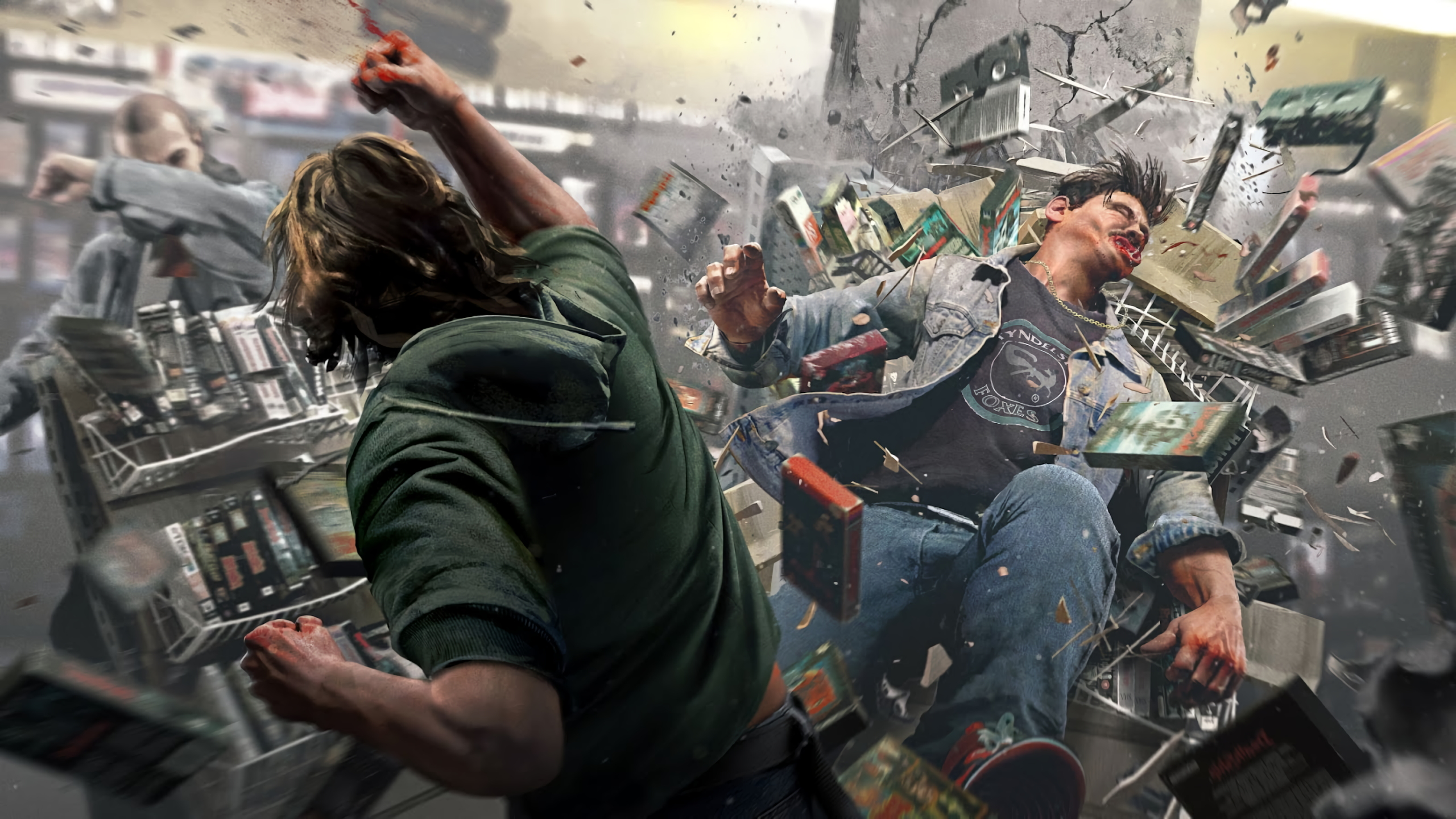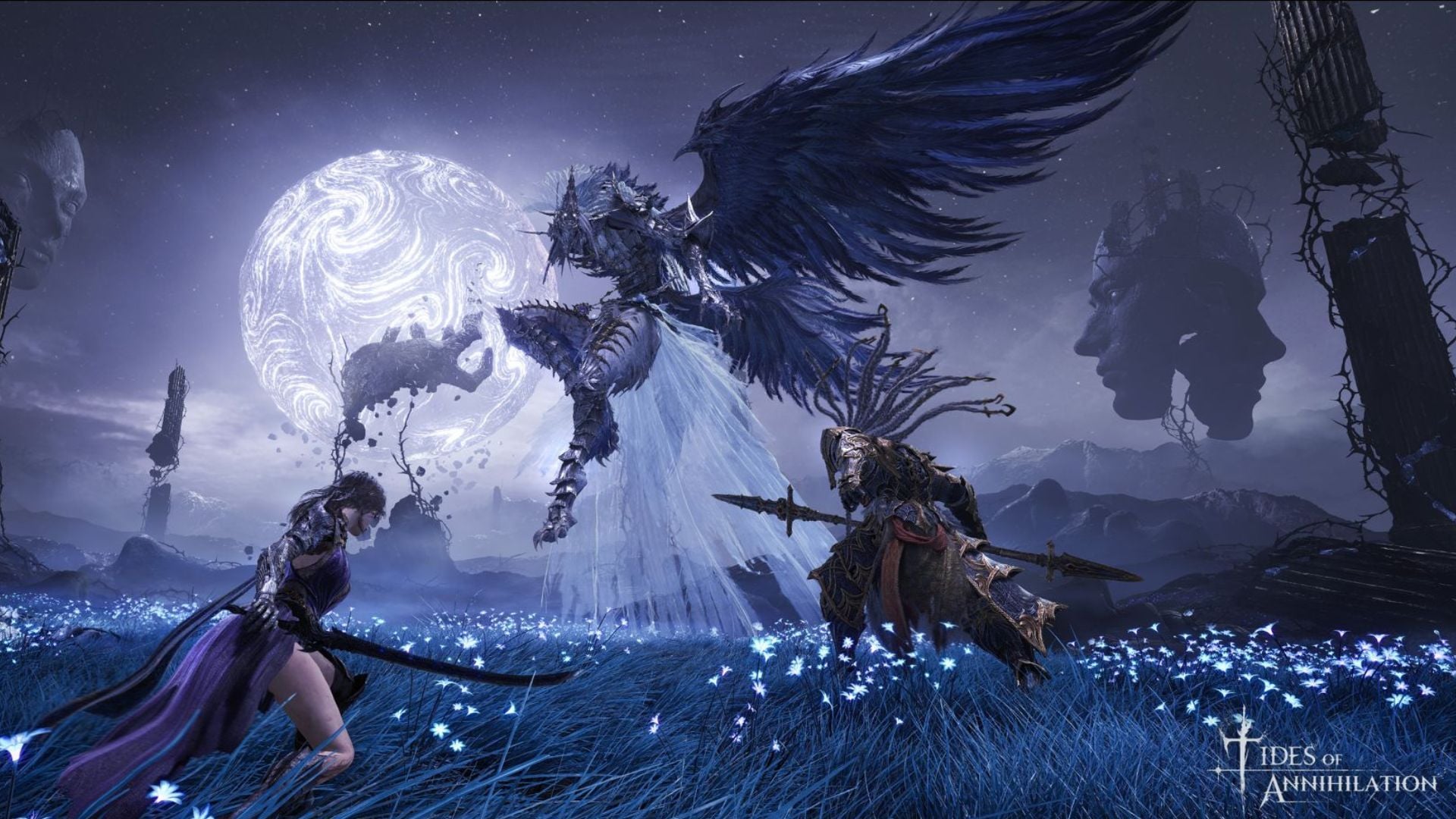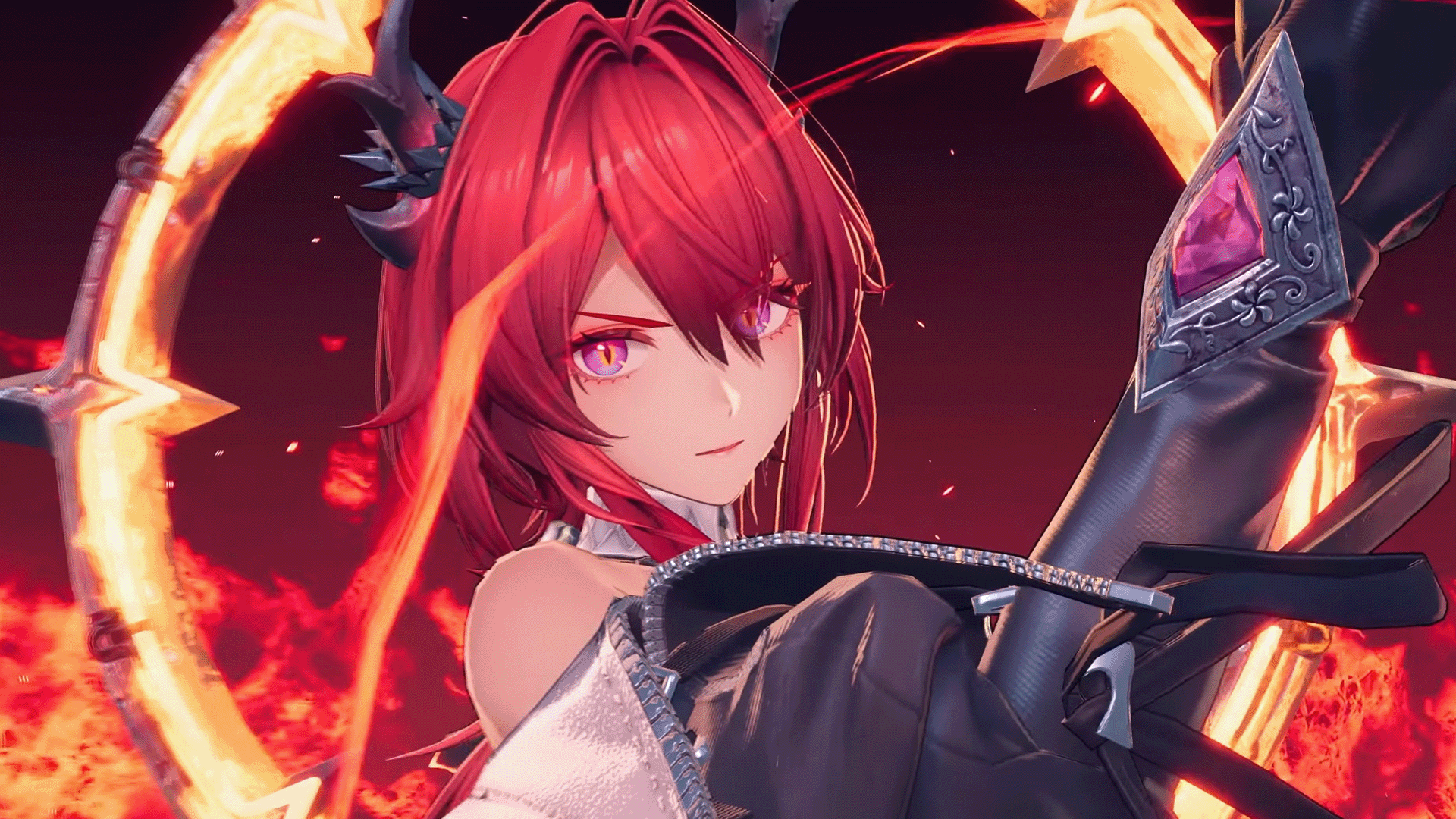In mid-August of 2016, Valve unveiled its intentions to restrict coach communication during matches. Events that chose to follow Valve’s rules were to implement four, 30-second long timeouts that would serve as the only time coaches could relay their thoughts to players.
Responses from professional players, talent, and the community were mixed, to say the least. The following week consisted of many tweets, articles, and debates on how the ruling would affect different teams, especially those who utilized their coaches as in-game leaders, with Natus Vincere being the most prominent example.
With all the hysteria behind coaches no longer being able to communicate during rounds, the four pauses that teams now had access to went conceptually unexplored. We saw pauses used frequently, and without consideration; most teams continued to make use of pauses only when they needed input from their coaches, to break the momentum of their opposition, or to reset when trailing in rounds.
These were stellar uses for a single pause – it allowed teams to discuss issues they were having, change up positions, or try different ideas to get back into the match; however, the addition of more pauses and reduction of length gave teams the ability to make more calculated decisions when taking a pause. Sadly, not many teams have caught onto this yet – most continue to save their pauses for dire situations.

Enter Astralis. The addition of Lukas “gla1ve” Rossander, accompanied by the assistance of an esports psychologist, allowed them to win the last major. There are several factors to this, of course, many more impactful than their usage of pauses. Regardless, one thing I noticed while watching Astralis’ matches was their frequent, yet intelligent, usage of pauses. There were a number of times when Astralis won clutches, retakes, and rounds that they had no business winning – immediately after these, you’d find yourself staring at the arena instead of the game – a pause had been called.
This happened often throughout the tournament – Astralis was one of the few teams to consistently utilize the majority of their pauses, ensuring they had a clear mindset going into each and every round. They had a chance to reset, cheer on teammates, and quickly get their heads back in the game without the buzz of the last round still in them. Some players thrive off that buzz, but many teams would reap the rewards of slowing down and allowing their players to calm down.
Of course, this isn’t the best way to handle it for every team. For instance, Virtus.pro likely wouldn’t see any benefit from this timeout-style if they were in plow mode. That’s not to say that they shouldn’t use it in more competitive matches though.
With four pauses to use per map, one might as well make use of them; having leftover timeouts at the end of a match is a waste, especially in close matches. The old mindset of “saving timeouts” for when you need them most is still among the pros, and it’ll be interesting to see if they adapt – especially teams that are emotionally unstable; once again, we can use Na’Vi as an example.
Ironically, Na’Vi seem to utilize their pauses the least – they take them sparingly to get input from Sergey “starix” Ischuk, but rarely allow for starix to contribute his knowledge if they’re winning rounds. Using timeouts like Astralis could yield massive benefits for a team like the CIS powerhouse, as their players could mentally-reset going into crucial rounds.












Published: Mar 3, 2017 05:48 pm